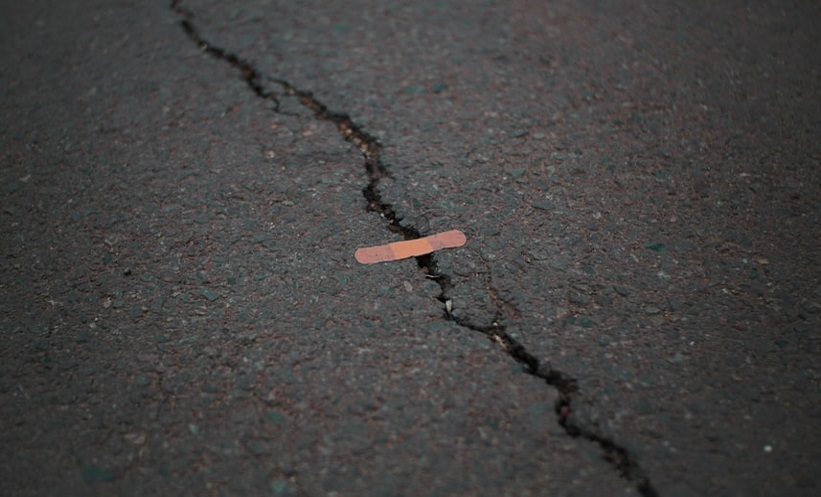WOUND treatment and prevention of the skin ageing process could be aided by a newly discovered genetic factor.
Researchers from the Washington State University, Pullman, Washington, USA, led by Prof Ryan Driskell from the university’s school of molecular biosciences, identified a genetic factor that controls the formation of hair follicles during the first week of life, which usually turns off, and remains off, after the skin initially develops. The team activated this genetic switch in specialised cells in adult mice and scar-free wound healing was evident; the ability of neonatal skin to regenerate had been transferred to adult skin. Notably, the regrown skin contained hair follicles, or fur, and goosebumps could be formed: a quality that is dormant in regrown human scar tissue.
Single cell RNA sequencing, a novel technique, was utilised on infant and adult skin to compare genes and cells. In the infant skin, the researchers identified a transcription factor called Lef1 which was found to be associated with developing cells in the papillary dermis, the uppermost layer of skin that gives it its tension, known as papillary fibroblasts. The researchers then activated the newly discovered genetic factor Lef1 and found that the adult mouse skin exhibited increased regeneration with less wound scarring and even formation of hair follicles with the capacity to create goosebumps.
Prof Driskell considers this study to be progress in the movement towards wound healing and skin repairment; she was initially inspired by surgeons who observed scar-free wound healing in babies’ skin after surgery in utero. Prof Driskell suggested that investigation into human’s early development could provide insight into our reactivation of scar-free wound healing in adult skin: “We can still look to other organisms for inspiration, but we can also learn about regeneration by looking at ourselves.”








